Samsung is losing the mid-range battle
This article may contain personal views and opinion from the author.

Samsung, the company that emerged to replace Nokia as the world's biggest phone maker in the years after Nokia's spectacularly quick fall from glory, is in trouble.
Its flagship phones, the ones that bring it the most money, have seen slower sales this year, but now, at the end of 2018, one other thing is becoming clear too: Samsung is losing the mid-range battle.
The data has been piling up over the last few quarters, but it really peaked towards the end of 2018.
The current situation: a downward trend or a downward spiral?
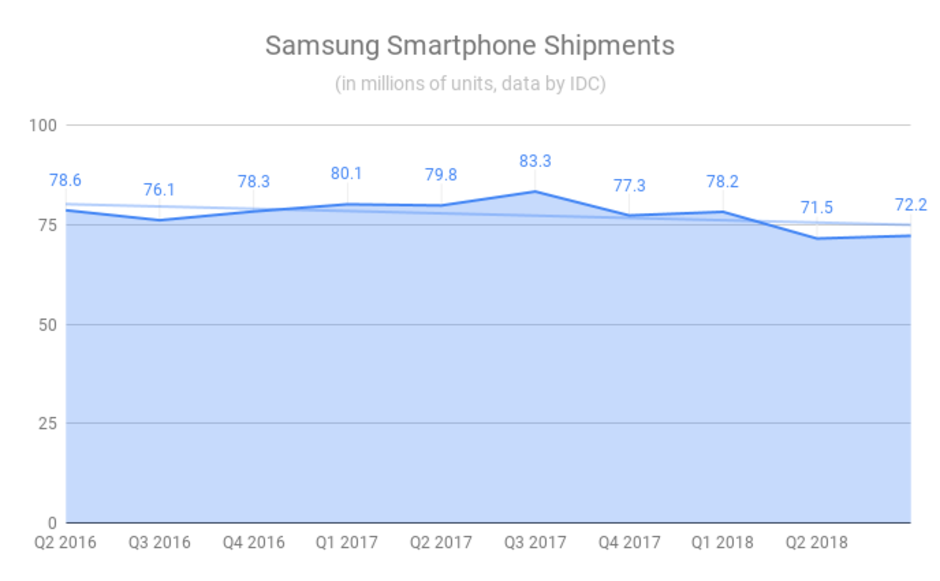
Samsung unit sales have taken a hit in 2018
You don't need to trust us to know Samsung is slowly losing its grip on the market. Since Samsung does not provide official sales data, we rely on analysis by IDC and other companies which agree that Samsung smartphone shipments are going down steadily after a peak in the third quarter of 2017 (that's when Samsung released the Note 8). And while in the beginning of 2018, Samsung itself confirmed that it is seeing slower sales of the new Galaxy S9 series, toward the middle and the end of the year, it's clear that sales are not great for the mid-range as well. Here is what IDC says about the most recent Samsung quarter:
"Samsung had a very challenging quarter with smartphone shipments down 13.4% from 3Q17, with overall volumes of 72.2 million. While this was still enough to maintain the top market share position, the company does continue to lose share. The launch of the Galaxy Note 9 was successful and the device continues to build in shipments. However, Samsung's bigger challenge is the ground they are losing at the mid-range and low-end. Recent announcements of revamping the product portfolio to bring new features and awareness to non-flagship models could possibly help this slide. Samsung will most likely look to new A-Series devices to fill the gaps left in the mid-tier across numerous markets." (emphasis ours)
The problem is two-fold: on one hand, it is the incredible competition that comes from companies like OnePlus, but also Xiaomi, Honor, and quite a few others that are ready to sell a phone with the same flagship processor as the most expensive Galaxies for half the price. Then, on the other hand, Samsung itself is to blame: the mid-range A series of 2018 are phones that are utterly and completely lacking excitement. The few provocative features that Samsung brought to the A series this year, like the four rear cameras on the Galaxy A9 2018, have turned out to be a complete disaster in terms of quality.
The A series vs OnePlus and Pocophone
See, the A series actually did look interesting, even if a bit overpriced, last year, with a sleek glass design and water-proofing that other phones in that class then lacked, but what Samsung has done this year is strip the A series off the waterproofing feature, while at the same time failing to deliver much novelty. At the same time, the aforementioned OnePlus and Xiaomi continue making phones with the flagship Snapdragon 845 chip at prices lower than Samsung mid-rangers, yet with hardware that much surpasses them.
Just take a look at this brief comparison and notice how the Pocophone F1 is cheaper yet offers so much more:
| Phone | Samsung Galaxy A8 (2018) | Pocophone F1 |
|---|---|---|
| Short Description | A typical Samsung mid-range phone | New gen mid-ranger, low price, flagship-grade specs |
| Price | $370 | $350 |
| Platform | Android 7.1 | Android 8.1 Oreo, Android Pie update now rolling out |
| Materials | Glass back | Plastic back |
| Screen | 5.6" Super AMOLED | 6.2" IPS LCD |
| Processor | Exynos 5, mid-range performance, up to 2.2GHz | Snapdragon 845, flagship performance, up to 2.8GHz |
| RAM | 4GB | 6GB |
| Storage | 32GB | 64GB |
| Cameras | 16MP, no 4K video | 12MP, with 4K video |
| Battery | 3000 mAh | 4000 mAh |
Admittedly, the Pocophone F1 is not a smartphone that happens every year and is the result of an aggressive push by Xiaomi to conquer Western markets with an extremely affordably priced phone. But what about the rest, like the OnePlus 6T, Honor 10, and various other phones out there?
Well, again, those phones are way ahead of the Samsung mid-range.
| Phone | Samsung Galaxy A9 (2018) | OnePlus 6T |
|---|---|---|
| Short Description | Samsung's latest mid-ranger with a big screen | New generation mid-ranger, flagship-grade specs |
| Price | $550 | $550 |
| Materials | Glass back, cameras rattle inside, not great build quality | Glass back, excellent build quality |
| Platform | Android 8.1 | Android 9 Pie |
| Screen | 6.3" Full HD+ Super AMOLED | 6.4" Full HD+ AMOLED |
| Processor | Snapdragon 660, mid-range performance | Snapdragon 845, flagship-grade performance |
| RAM | 6GB | 6GB |
| Storage | 128GB | 128GB |
| Cameras | Four rear cameras including telephoto and ultra-wide, but very poor camera quality | Dual rear cameras, very good camera quality |
| Battery | 3800 mAh | 3700 mAh |
Once again, you can see that Samsung does not seem to have an answer for the more powerful OnePlus with its newer software and far superior cameras.
Android One phones promise timely updates, something Samsung cannot match
Adding insult to injury is the growing group of Android One phones in 2018. Those devices include the Nokia 6.1, Nokia 7.1, Xiaomi's Mi A2 and other phones that come with a clean, bloatware-free version of Android, but also, with the promise of updates. Samsung has not had an answer for that, nor has it expressed willingness to participate in the Android One program.
The way forward

Samsung needs to focus on getting the fundamentals right, and sometimes that means one good camera is better than four with poor performance
So... is this the end for Samsung?
No, of course not. A company the size and scale of Samsung certainly has the resources to bounce back from a few unsuccessful devices and get back on track. Plus, it's still the number one phone maker globally, despite slowing sales.
What we want to see is a focus back on the fundamentals. Samsung has proven that it can bring great-looking Super AMOLED screens to even its mid-range phones, but it seems to forget that things like speed actually matter a lot to users too. Things like the quality and not the quantity of cameras. Things like guaranteed updates so users know their phone will still run well in a one, two, three-year period.
And yes, at the same time, it has to differentiate its flagships as that is the company's big money-maker, but do it in a much smarter way than it does now. The new generation of smartphones has proven that users can easily spot a great device, even if it comes from a brand that they have not heard of (take OnePlus, Honor and Pocophone as exapmles). And we are certain that Samsung can make a great device to rival all of these. It just needs to want to.
Follow us on Google News
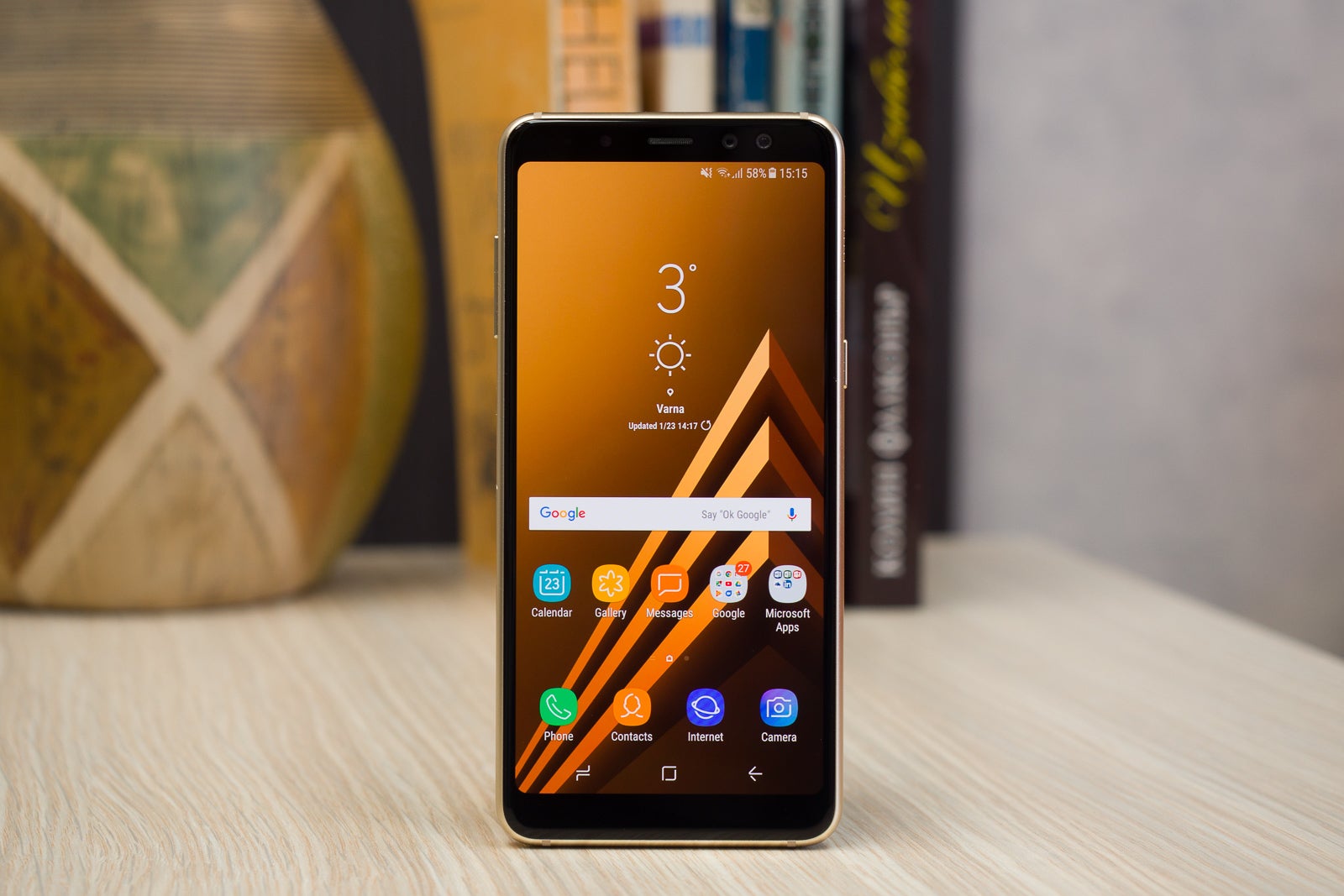
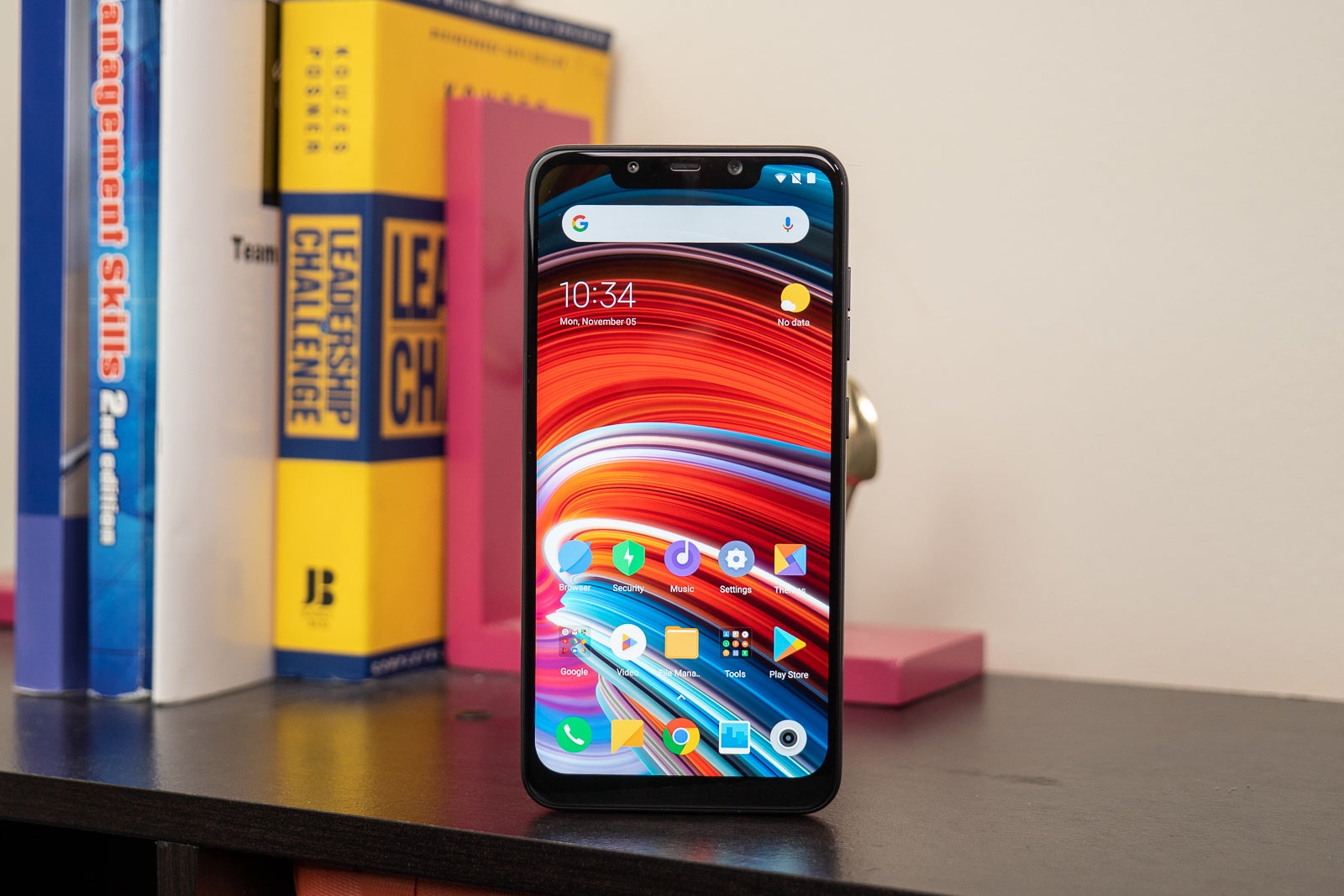
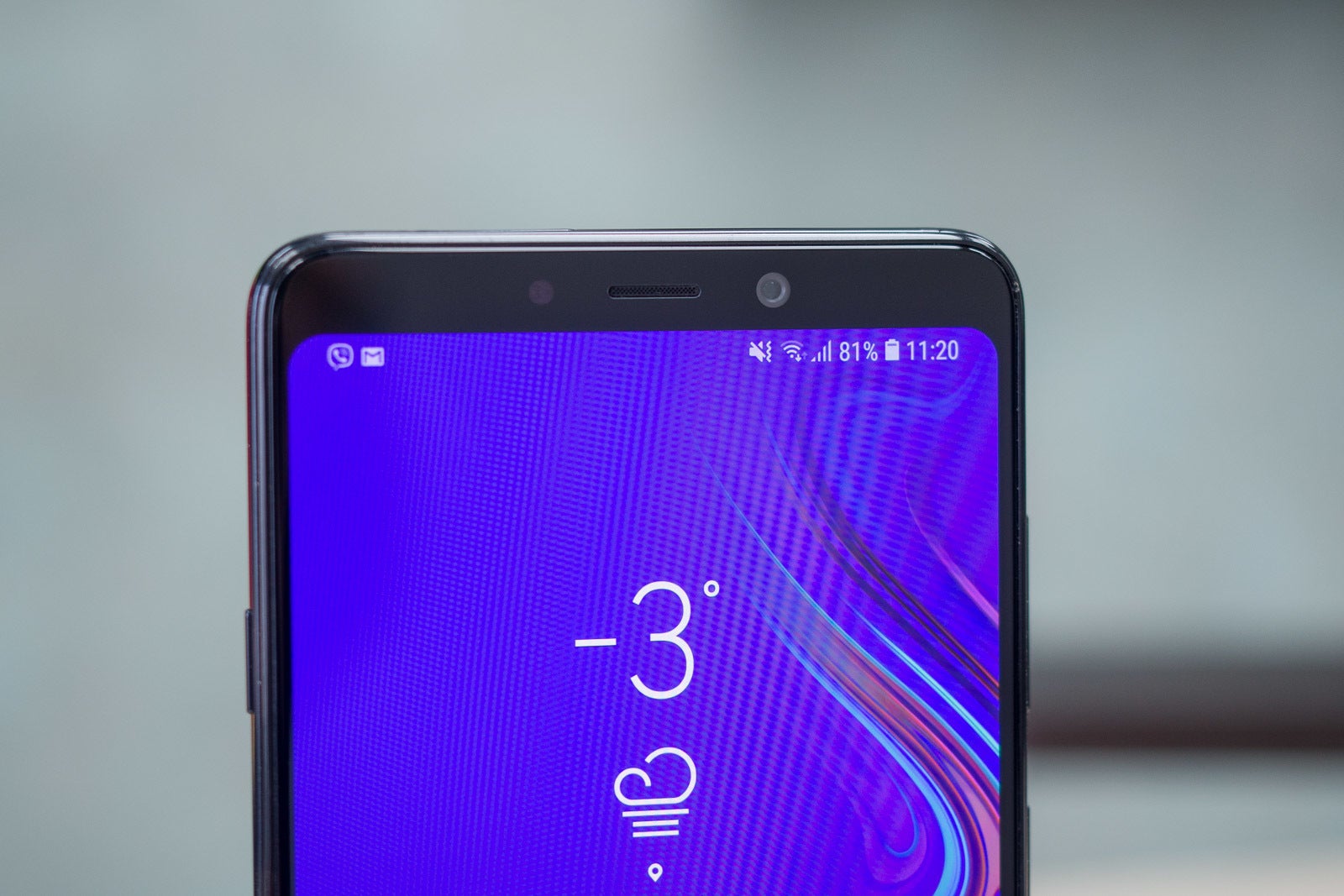









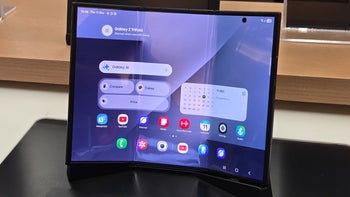


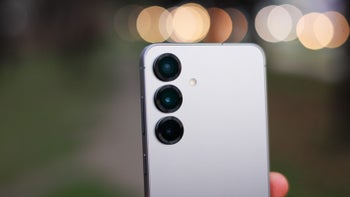
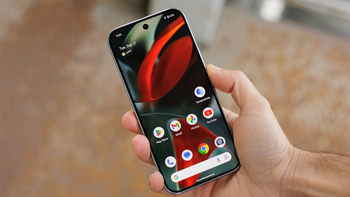
Things that are NOT allowed:
To help keep our community safe and free from spam, we apply temporary limits to newly created accounts: